Proper Nailing Techniques for Optimal Performance of Asphalt Shingles
Roofing shingles and underlayment work together to provide your home with protection from the elements, including rain, snow, and wind. But these roofing products can only do their jobs when properly installed.
Roofing shingles have specific guidelines for how they should be fastened to your roof. They relate primarily to quantity, location and driving method of the roofing nails. Proper installation is essential for optimum shingle performance and for compliance with the International Building Code.
Learn where and how to nail shingles to ensure performance and holding power.
Roofing Nail Characteristics
Materials
Roofing nails may be used to install shingles and most roofing underlayment.
Nails can be made of:
- Aluminum
- Copper
- Stainless steel, or
- Galvanized steel (zinc-coated)
Some roofing nail materials are more suitable for certain geographies than others. For instance, if you live in a coastal area where your home is exposed to salt, stainless steel roofing nails may be a good choice. Galvanized roofing nails tend to resist rust formation, and they are a suitable option for asphalt shingles. Owens Corning requires using either galvanized steel, stainless steel, or aluminum nails to affix shingles.
Fastener Size
The International Building Code requires that roofing nails have a minimum 12-gauge shank and a 3/8-inch diameter head.
Penetration
When nailing shingles, proper penetration into the roof deck is essential to ensure the nail and shingle remain secure. For all Owens Corning® shingles, roofing nails should penetrate into the wood deck by a minimum of ¾-inch or completely through the roof deck by a minimum of 1/8-inch.
General Guidelines for Nailing Shingles
To ensure optimal performance of your asphalt roofing shingles, be sure to follow these general directions for proper nailing:
- Use the correct roofing nail material, size, and grade as specified in the shingle installation instructions.
- Fasten shingles with corrosion-resistant nails.
- Install the recommended number of nails per shingle. For Duration® Series shingles, Owens Corning recommends using either a 4- or 6-nail fastening pattern depending on the roof’s slope and building code requirements. In most cases, 4 nails are adequate.
- Position the nails appropriately according to the shingle installation instructions.
- Align shingles properly to avoid nail exposure.
Where to Nail Shingles
Each shingle manufacturer has its own requirements for proper nailing, including where roofing nails should be placed. Roofing contractors should follow those guidelines and take care not to overdrive nails as this can lead to water infiltration.
Owens Corning® Duration® shingles, for example, provide a reinforced nailing zone, called SureNail® Technology—a tough, engineered fabric strip embedded on the face of the shingle that offers outstanding nail pull-through and nail blow through resistance while providing a highly visible nailing target for roofing contractors. It’s easy to see where the nails are supposed to go.
How Shingles Are Installed
The specifics of how shingles are laid on your roof vary by manufacturer. Some roofing shingles, such as Duration®, are applied with a 6-1/2-inch offset and a 5-5/8-inch exposure over a prepared roof deck. Contractors start at the bottom of the roof and work across the roof’s surface and up. Proper overlapping covers up the nails and provides a seamless, attractive look to your roof.
Driving Roofing Nails for Shingles
Roofing nails should be driven by hand with a hammer or with a properly adjusted pneumatic nail gun. Nail guns that are improperly adjusted can result in either under penetration or over-penetration of the roofing nails, which then affects the shingle’s performance. It can also cause nail corrosion, sealing failures, raised shingle tabs, buckling and shingle blow-offs.
Roofing nails are typically placed no closer than 1 inch from the edge of the shingle according to the manufacturer’s specifications.
Fixing Nailing Mistakes
It’s important that nailing errors are fixed immediately. Underdriven nails can be appropriately tapped in with a hammer. Crooked or overdriven nails need to be removed, and the holes need to be filled in with asphalt roofing cement. A new nail must be driven in a nearby spot to secure the shingle. If this can’t be done, the entire shingle should be replaced.
Nail Fastening Pattern
A four-nail fastening pattern per shingle is required to take advantage of the maximum wind warranty available on Owens Corning® Duration® shingles. Six nails are required for structures with slopes exceeding 60 degrees or 21 inches per foot. In some areas of the country, building codes may require six nails as well.
It is important to consult your local building department and to refer to the manufacturer’s installation instructions as the number of nails required often varies depending on the shingle product.
Wind Protection
Along with defense against water infiltration, another important reason for nailing shingles properly is wind protection. If you live in a region that experiences frequent high winds, then you know the importance of having your shingles be resistant to wind.
Duration® Series shingles are called laminated shingles because there is an underlay piece that is adhered to (or laminated to) an overlay piece. This construction gives the shingles a natural depth and dimension. The place where the two shingle layers come together is called the common bond.
Best practice for installing shingles for maximum protection is through the common bond area. When nailing through the common bond and the SureNail® fabric on Duration® Series shingles, it creates a triple layer of reinforcement (called Triple Layer Protection®), which helps provide increased nail pull-through protection that is important in high winds.
Homeowners Insurance
When it comes to blow-offs and potential water damage from blow-offs, specific coverage varies by policy. For further information, contact your homeowners’ insurance agent.
For patent information, please visit owenscorning.com/patents. Copyright 2020 Owens Corning. All Rights Reserved.

